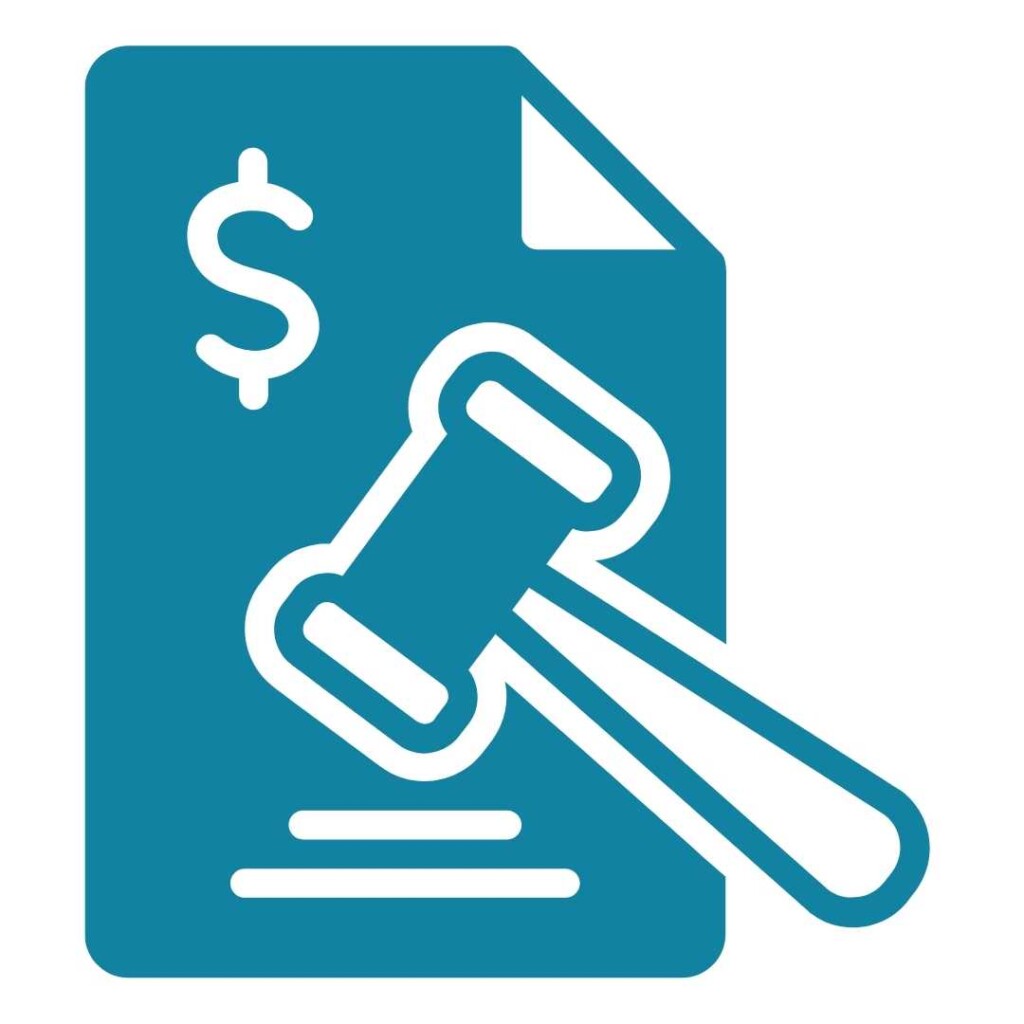How to Remove an IRS Tax Lien

What Is an IRS Tax Lien?
An IRS tax lien is the government’s legal claim against your property when you neglect or fail to pay a tax debt. It is one of the many tools the IRS uses to collect back taxes. The lien applies to all your property, including real estate, personal and business property, and financial accounts. Notably, the IRS does not have to file a lien. If a tax is not paid after a formal demand, a lien automatically attaches to all of a taxpayer’s property and rights to property. However, the IRS will file a Notice of Federal Tax Lien to help make sure they can collect money owed before any other creditors.
Can You Remove an IRS Tax Lien?
If the federal government has placed a lien on your property, your options include the following:
-
Lien Release.
In order to obtain a formal lien release, you must remit the full amount you owe, including penalties and interest or pay the amount the IRS accepts as an Offer In Compromise. A release is also available if the lien is no longer enforceable because the Statute of Limitations on collection has expired. Note that even if your lien is released, it will continue to appear on your credit report for 7 years.
-
Lien Withdrawal.
You can remove an IRS tax lien with a lien withdrawal under limited circumstances. These include (1) the IRS filed the lien in error; (2) you qualify for the Fresh Start Program, for taxpayers with personal income tax liabilities of $25,000 or less; or (3) you make a request after paying your liabilities in full. For option 3, you can request lien withdrawal for liabilities that were fully paid several years ago. The benefit of a lien withdrawal over a lien release is that the lien and withdrawal will no longer show on your credit report.
-
Lien Discharge.
A “discharge” removes the lien from a specific property. Typically, you would ask for a lien discharge because you want to sell a piece of property, but you cannot find a buyer for it because of the lien. The IRS will only grant a discharge if it is in the best interest of the IRS. Generally, this will be true only if the IRS will receive the net equity from the transaction or if you have sufficient other assets that are still subject to the lien.

IRS tax liens are a serious matter. If you have a tax problem, it’s best to deal with it as soon as possible to avoid a lien. In the event of a lien, consult a tax attorney for advice on how to resolve your tax issues and remove the lien.
If you are or could be subject to a federal tax lien, contact us for a consultation.


